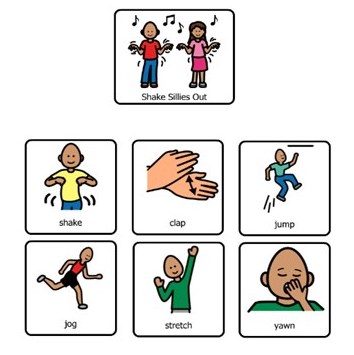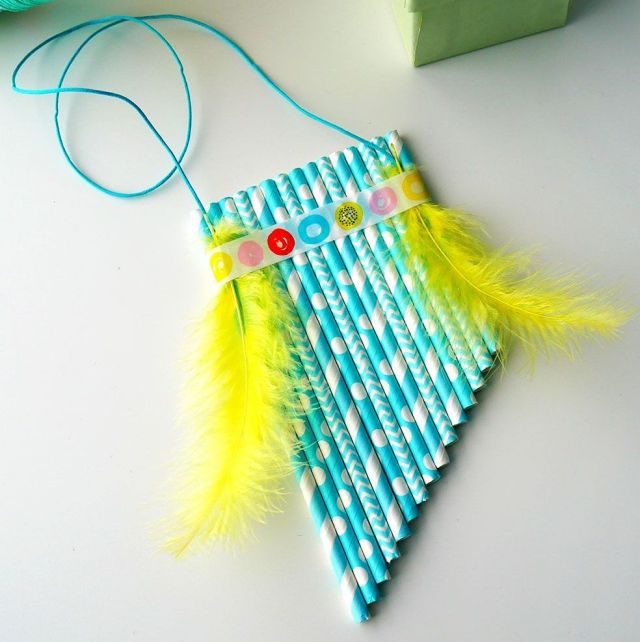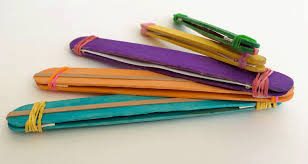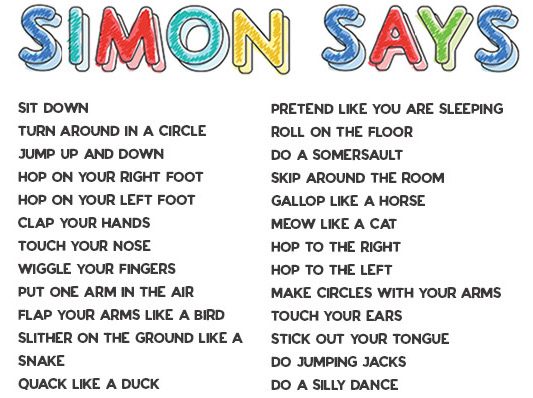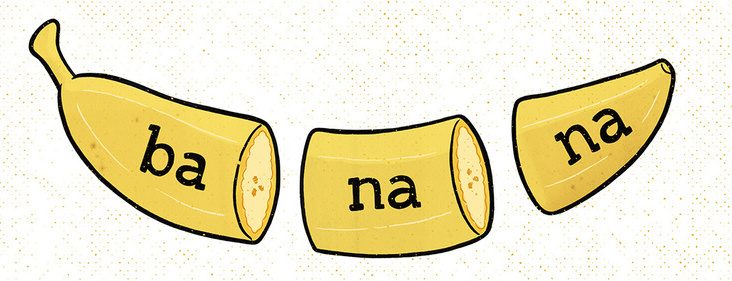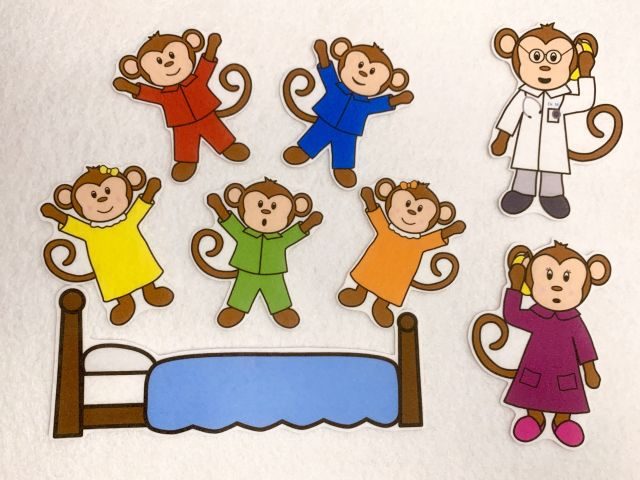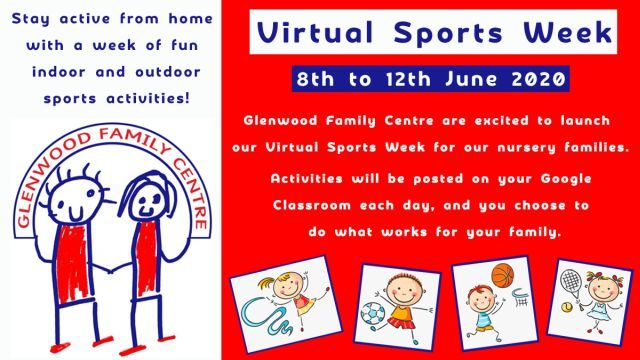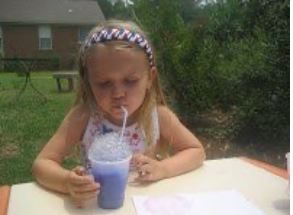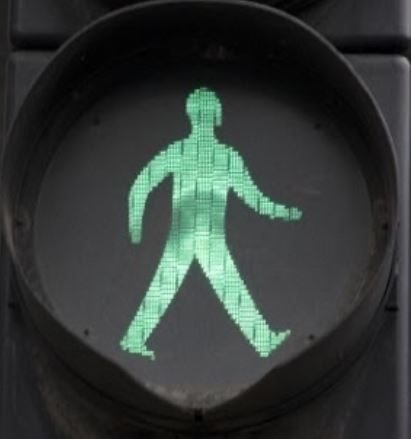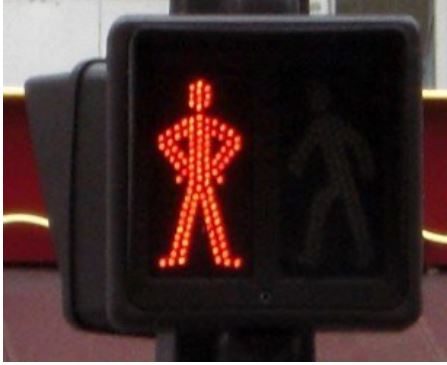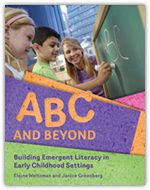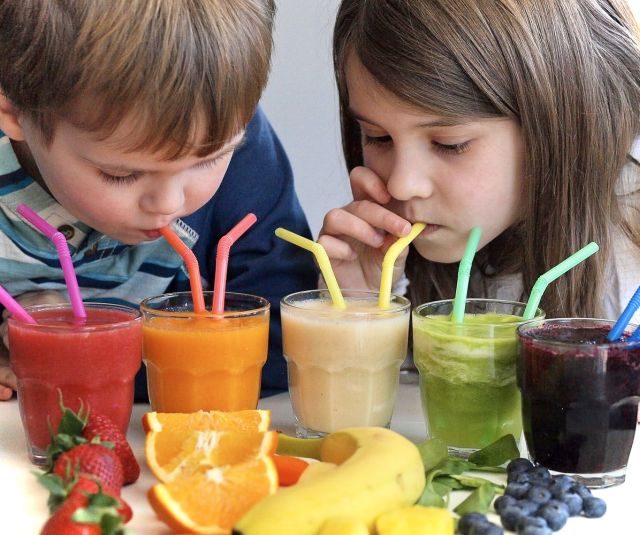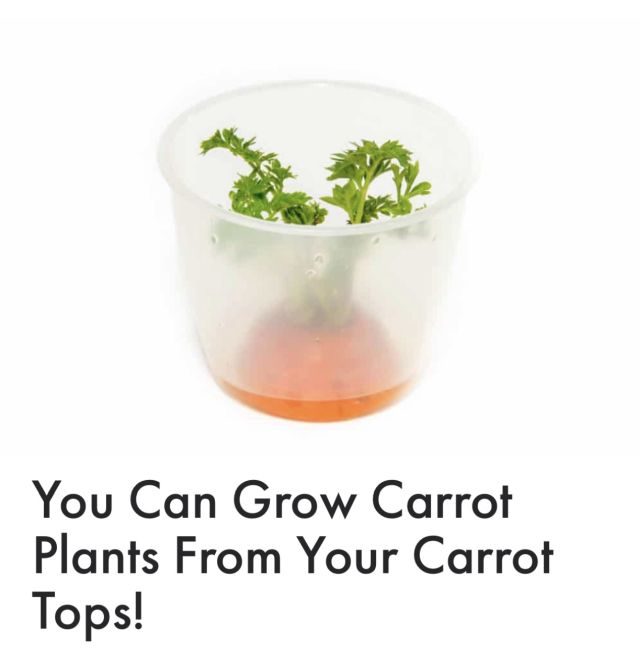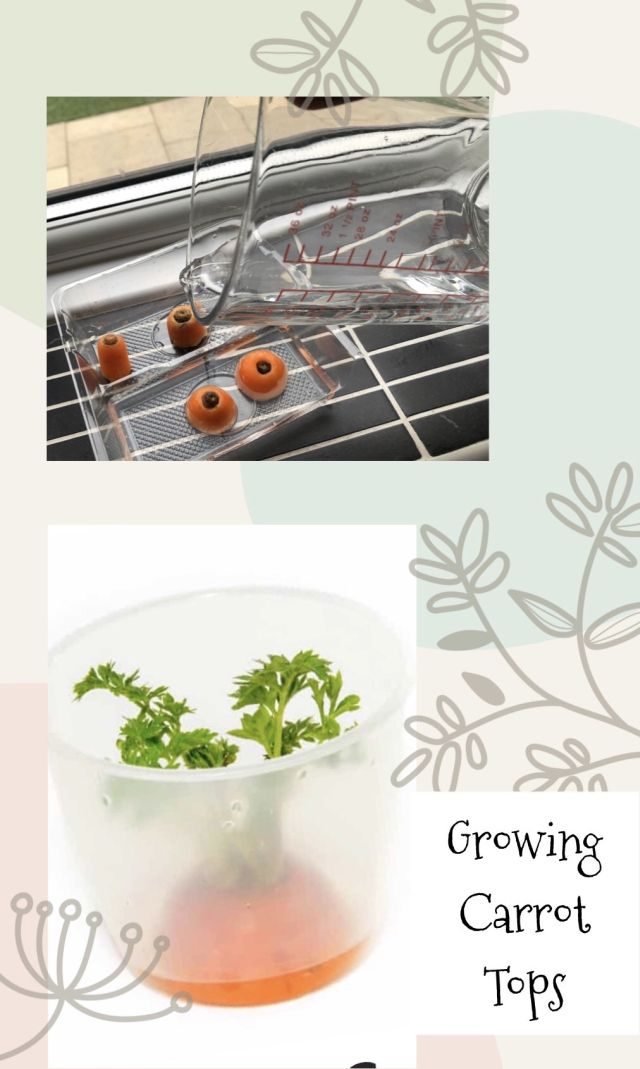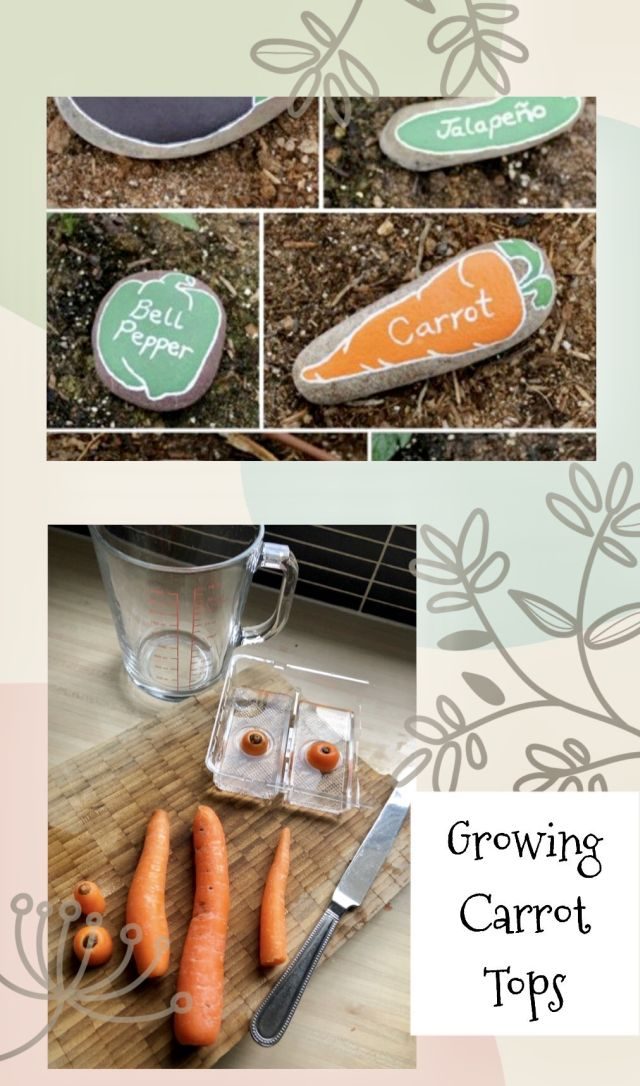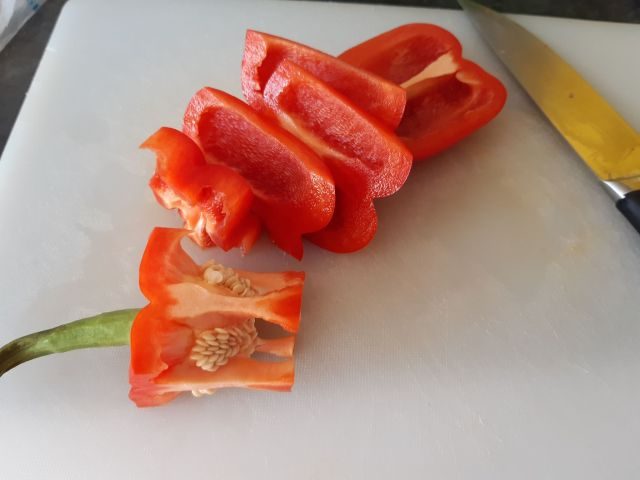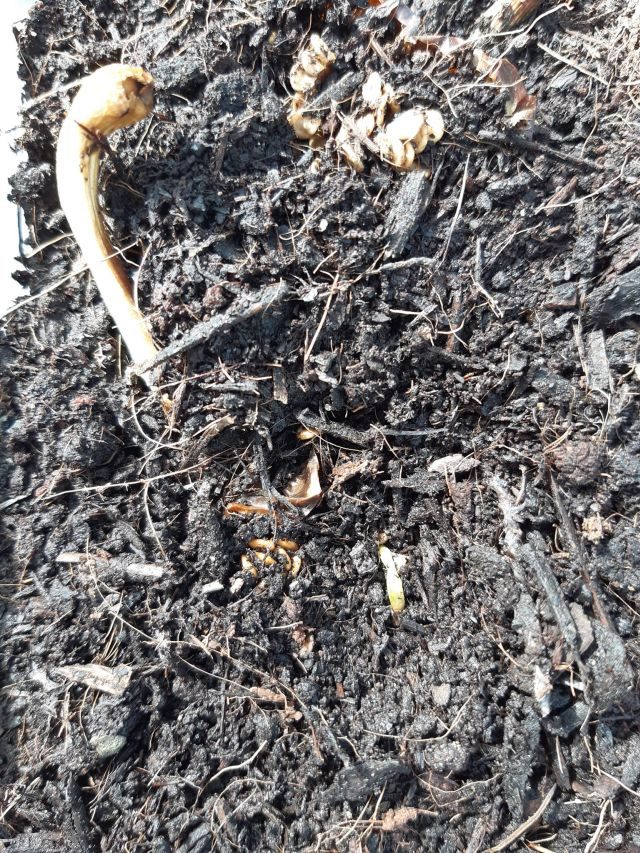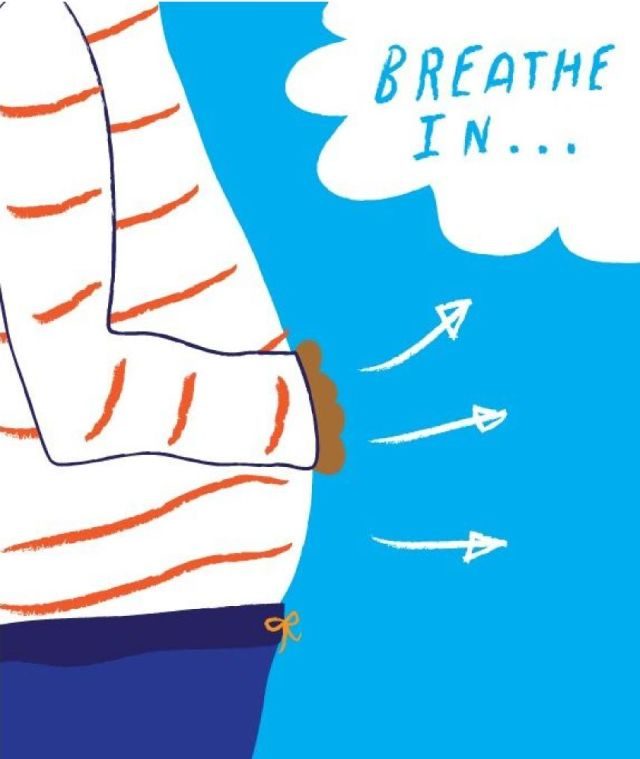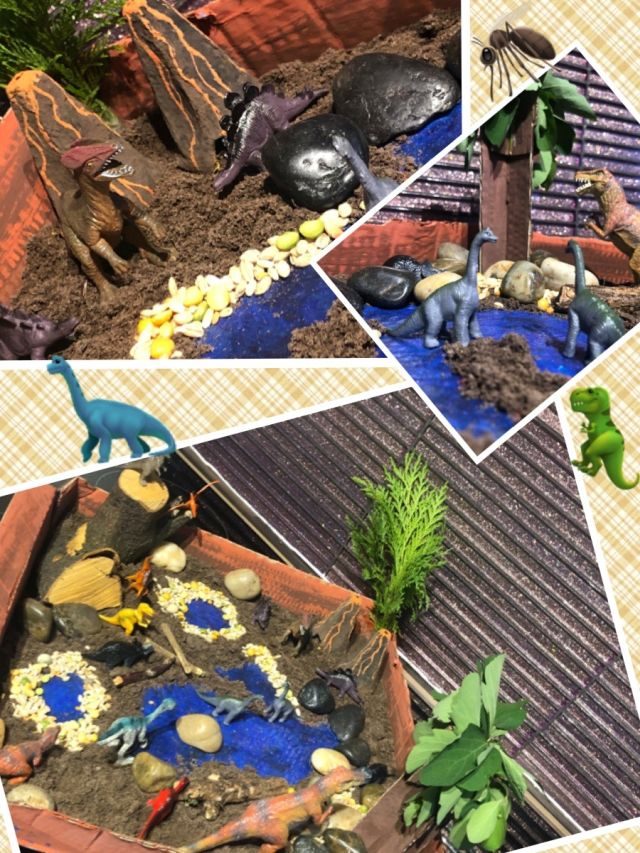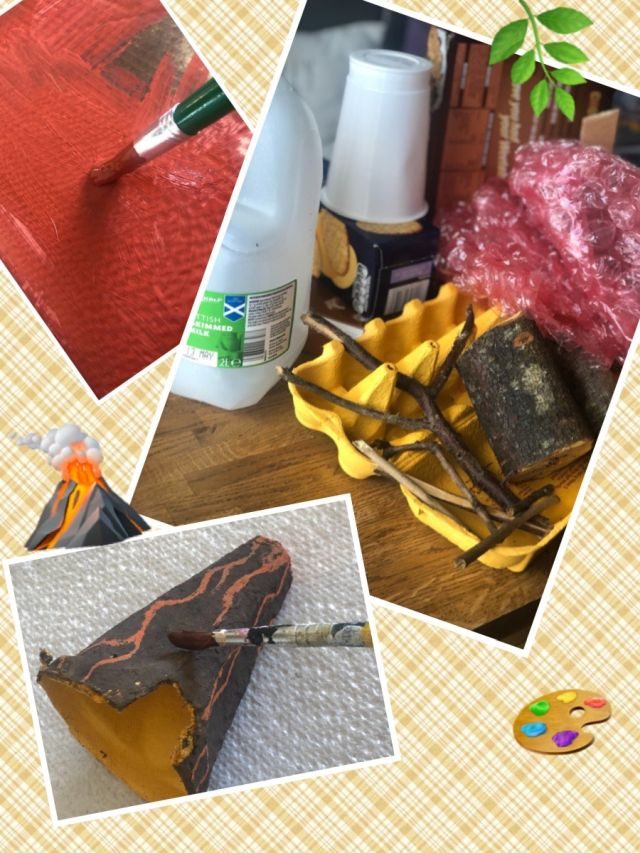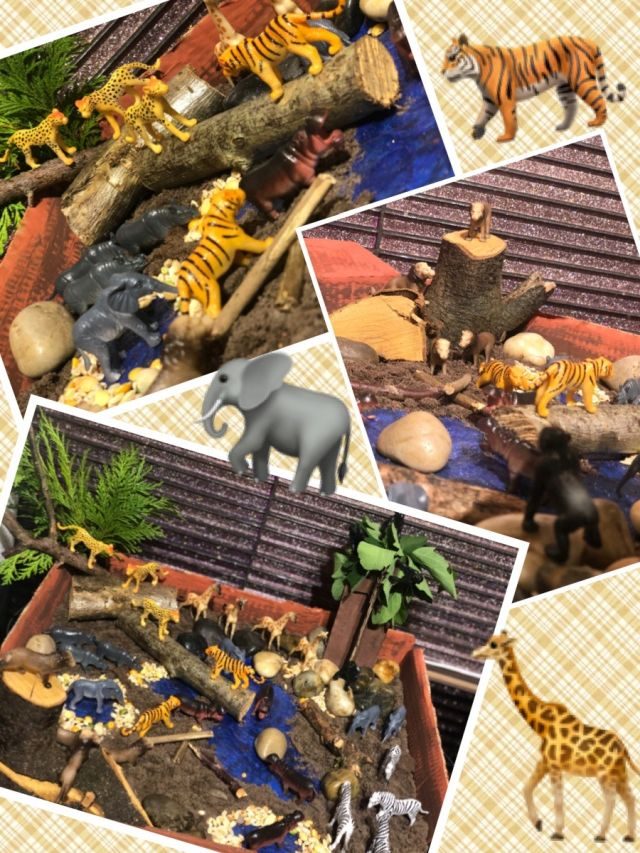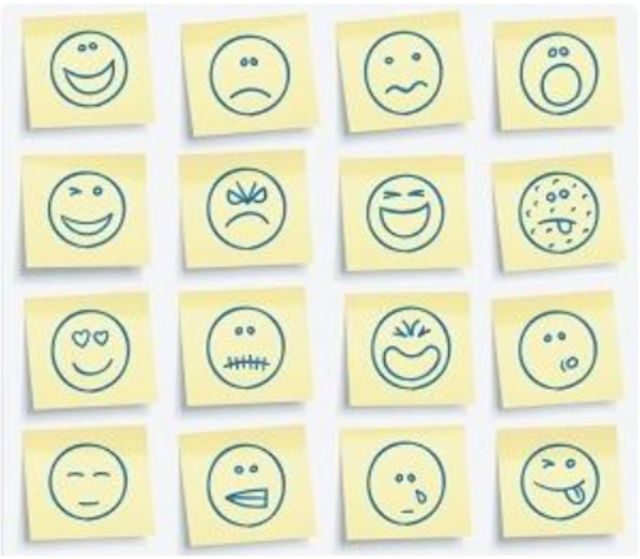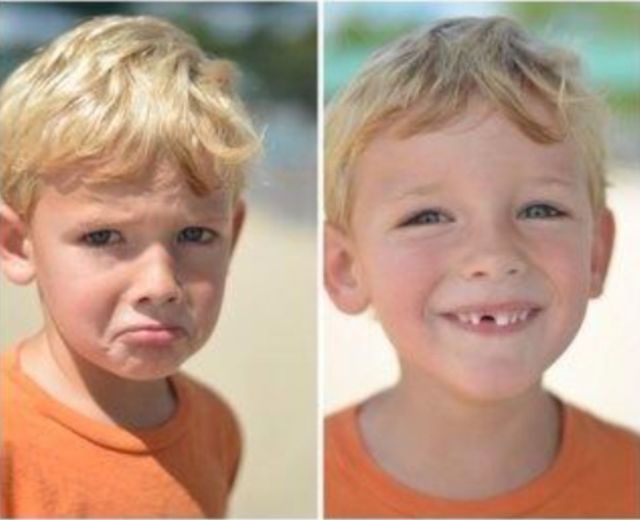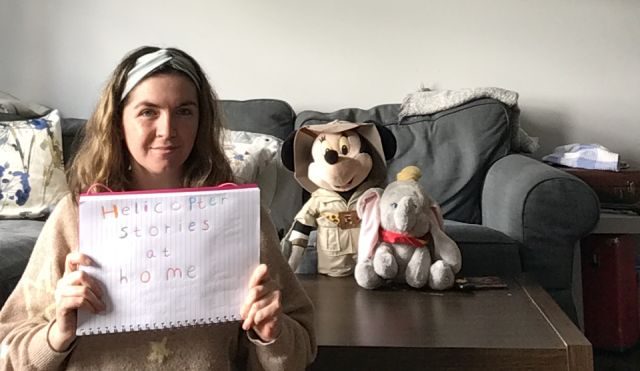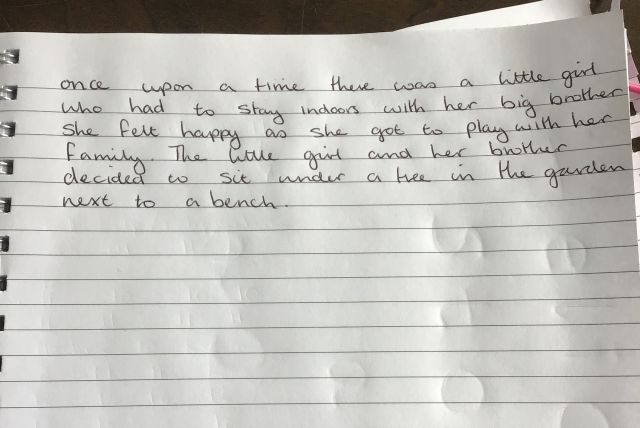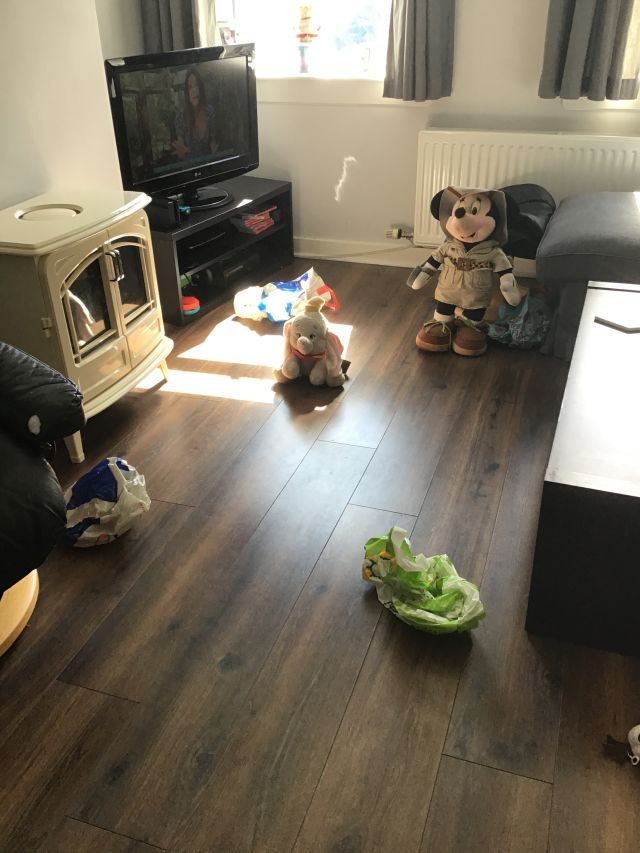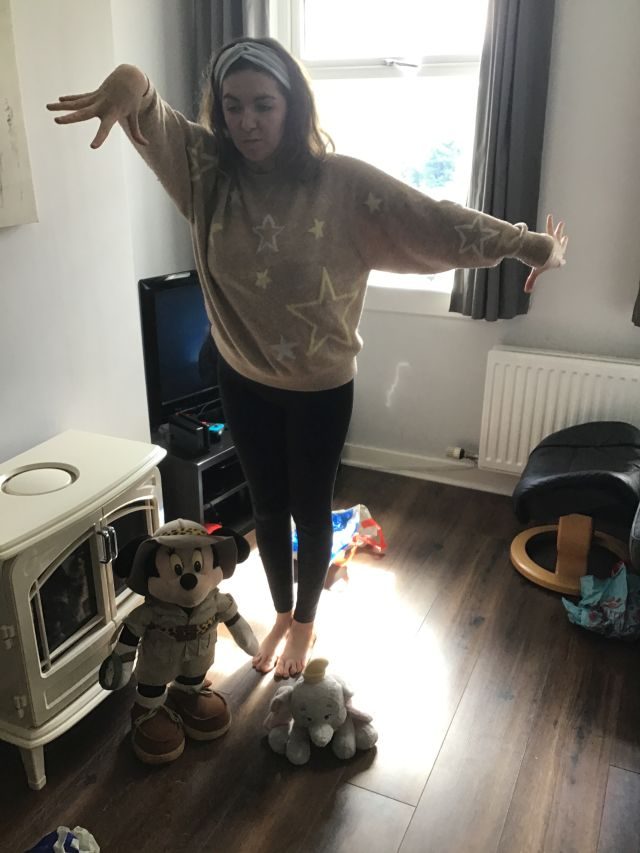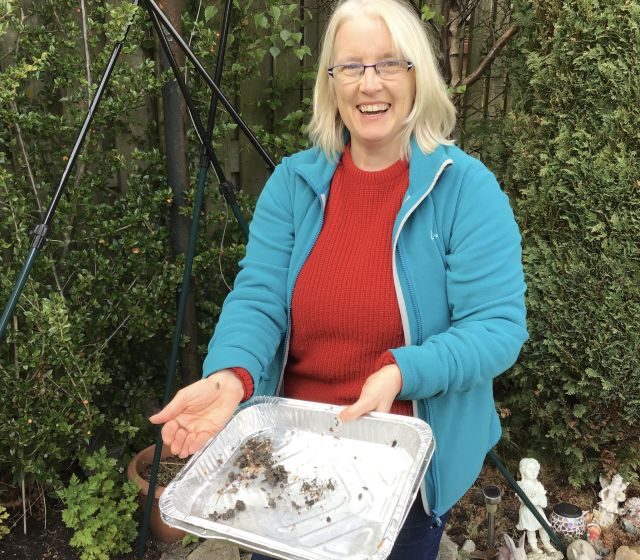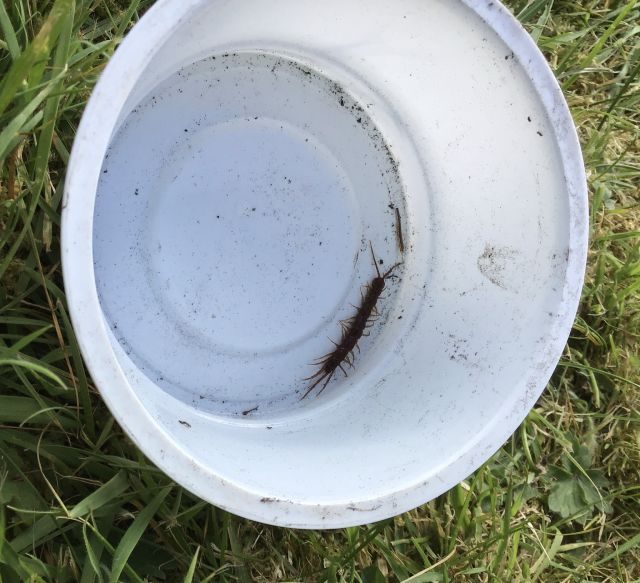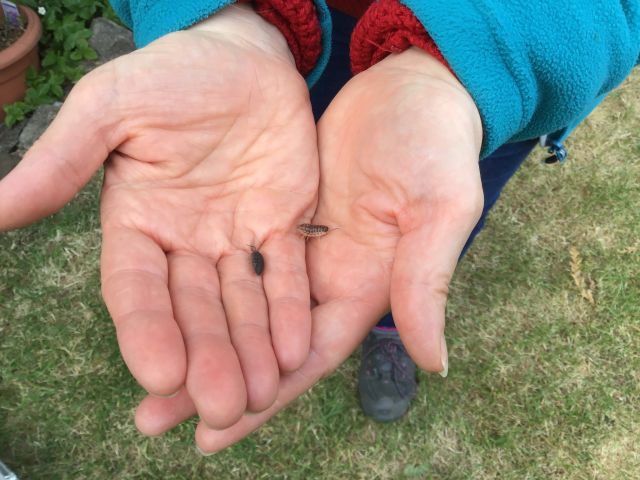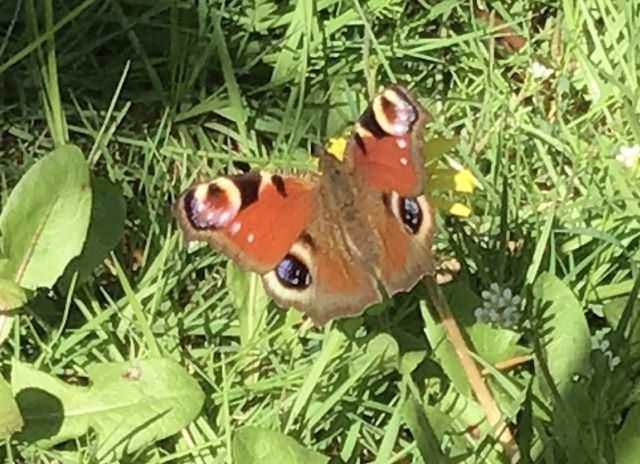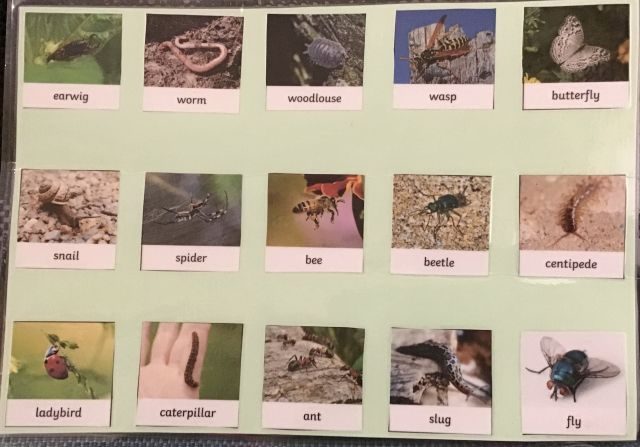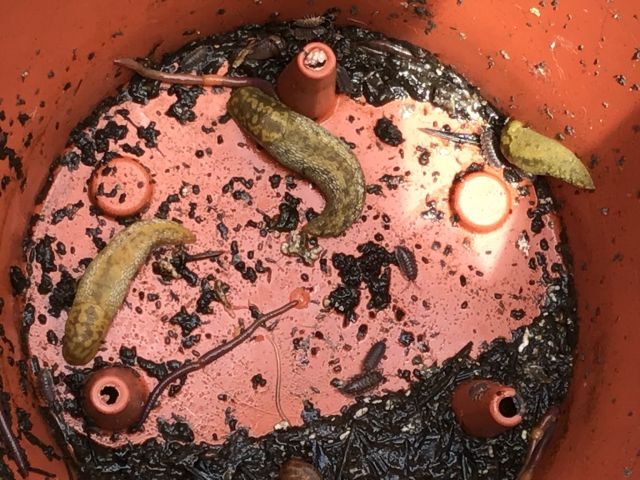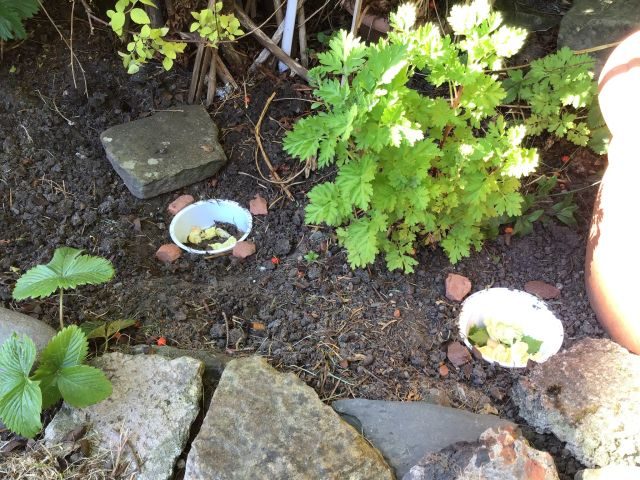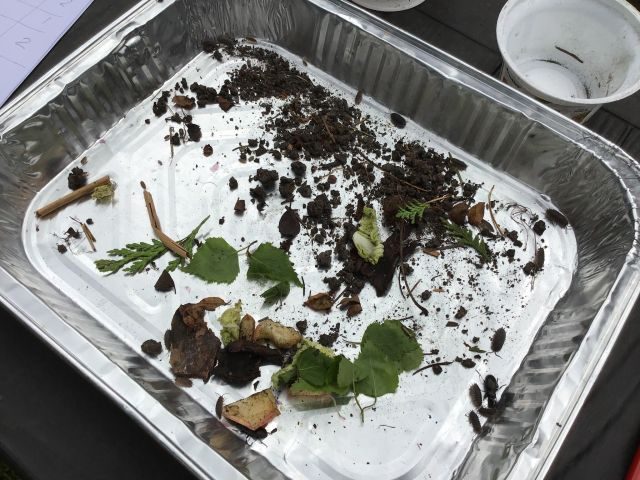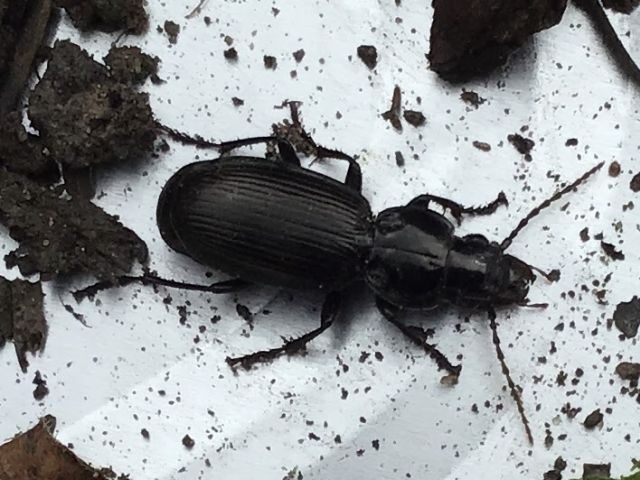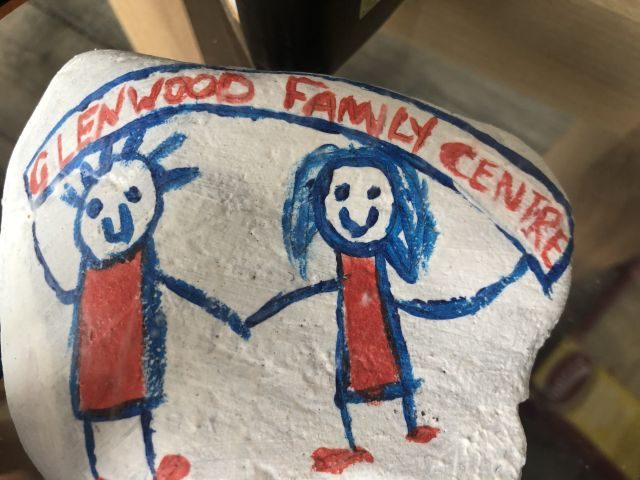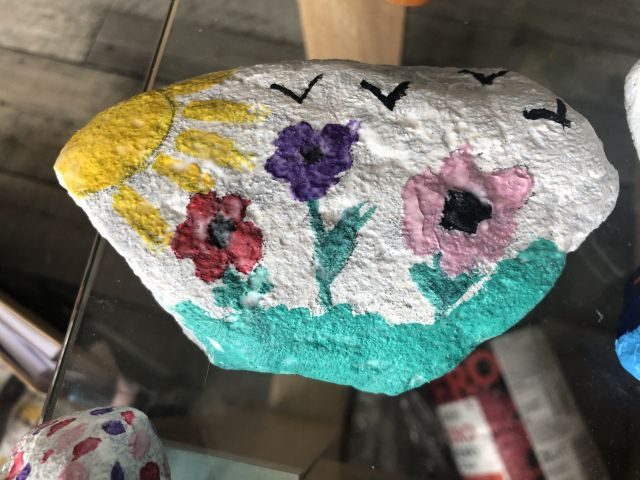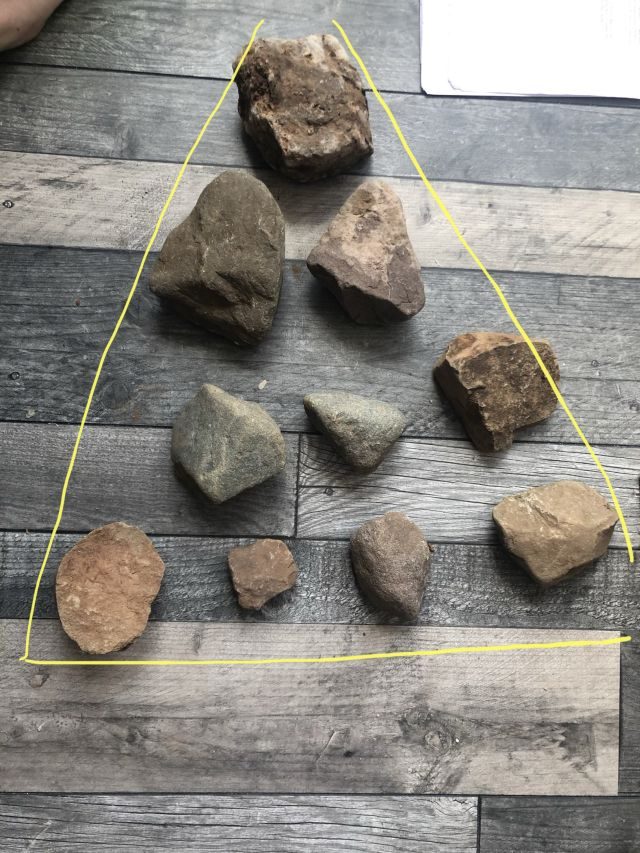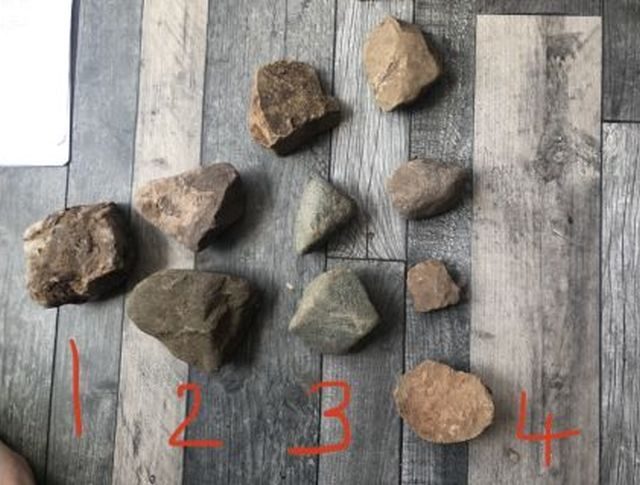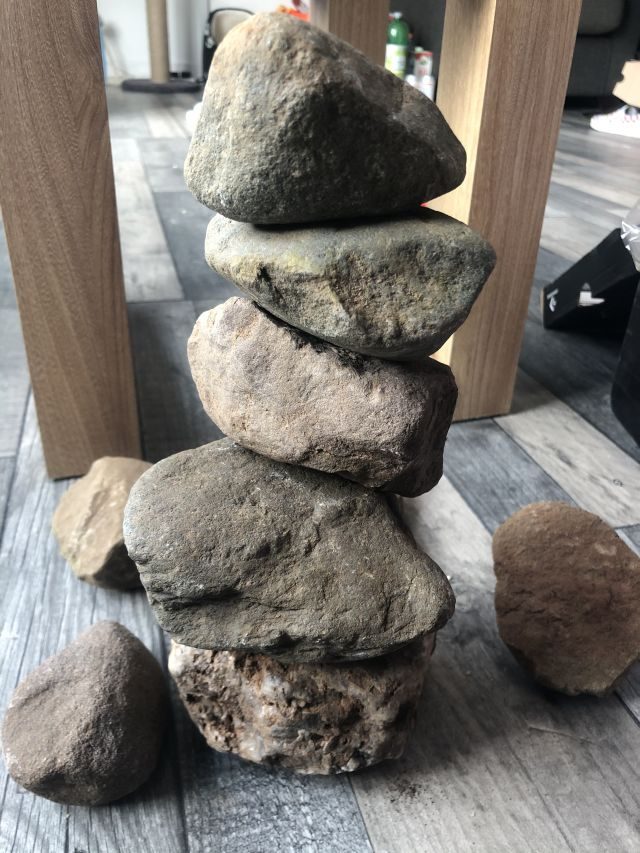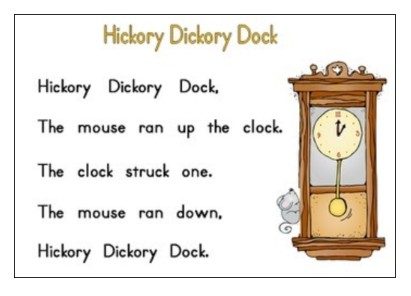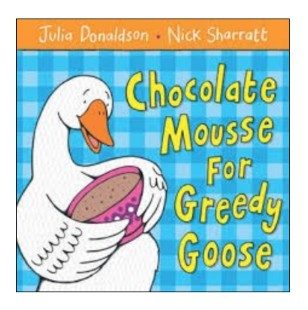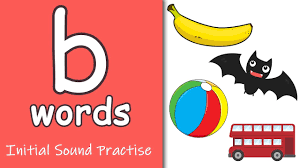This week we are looking at encouragement.
Well done to all of you who have been learning about feelings, relaxing (and milkshake breathing) and ‘I can do it!’ (turning red thoughts green).
 This week we want to set goals with children, and encourage them to gain a skill, develop self-control or overcome a fear. This is a chance for us to be brave as we take on a challenge!
This week we want to set goals with children, and encourage them to gain a skill, develop self-control or overcome a fear. This is a chance for us to be brave as we take on a challenge!
To achieve our goal we can break the task into smaller steps. An example is learning to complete a jigsaw puzzle:
- Find the four corner pieces
- Find the pieces with a straight edge
- Match up the pieces with a straight edge
- Match up pieces with the same colour and join together
- Fill in the gaps with remaining pieces.
- Jigsaw complete
Can you pick a goal you would like to achieve? What will you pick?
If you can’t think of a goal here are some ideas:
- Getting dressed by yourself
- Sleeping in your own bed
- Learning a new sport (for sports week)
- Eating new food especially fruit or vegetables
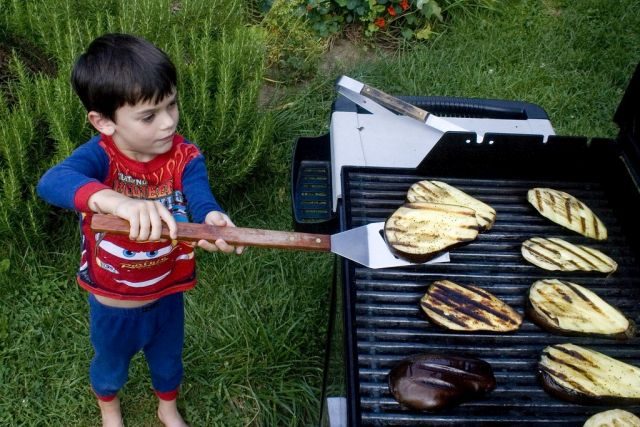
- Fastenings- zips, buttons, studs or velcro
- Riding bike or scooter
- Finding and tidying up your belongings
- Being brave when ……….
Can you make a picture to show what you want to learn or get an adult to help write a list of steps to get you to your goal. If you want you could post it on your Google classroom.
Now start at step one and try and achieve it. If it takes practise try hard! Remember to think green thoughts. When you have achieved a step, Celebrate! Give yourself a cheer or do a little dance. When you achieve your goal maybe you will get a reward.
 What reward would you pick? Maybe playing a favourite game as a family, or getting to choose what Mum or Dad will cook. Fun Friends Koala likes choosing activities with others more than sweet or toy rewards. Can you do the same?
What reward would you pick? Maybe playing a favourite game as a family, or getting to choose what Mum or Dad will cook. Fun Friends Koala likes choosing activities with others more than sweet or toy rewards. Can you do the same? Additional resources
Additional resources
CBeebies radio programme on encouragement: https://www.bbc.co.uk/cbeebies/radio/treasure-champs-encouragement
Using zips: https://www.nhsggc.org.uk/kids/resources/ot-activityinformation-sheets/zips/
Learning to button: https://theinspiredtreehouse.com/teach-kids-button/
Introducing new food (its part of info on fussy eaters): https://www.nhsggc.org.uk/kids/resources/ot-activityinformation-sheets/fussy-eaters-information-sheet/
Staying in your bed: https://raisingchildren.net.au/toddlers/sleep/night-time-problems/calling-out-getting-out-of-bed
Learning to ride a bike: https://blog.halfords.com/how-to-teach-a-child-to-ride-a-bike/


